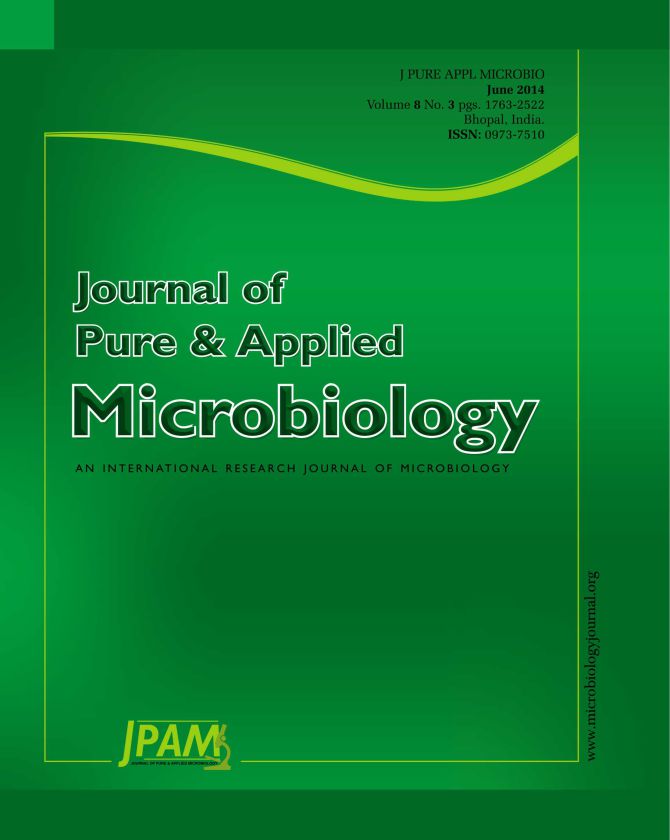The noctuid pod borer, Helicoverpa armigera Hubner is a key lepidopteran pest of pigeonpea in Punjab. Bioefficacy of a native Bacillus thuringiensis (Bt) isolate along with some microbial formulations of biopesticides was evaluated in a preliminary study against the pod borer, H. armigera in pigeonpea. Results revealed that among the various treatments Beauveria bassiana WP @ 1.5 kg/ha recorded significantly lowest larval population (3.50/plant) and was found to be statistically at par with the native Bt isolate @ 1.5 kg/ha, B. bassiana WP @ 1 kg/ha and Bt-1 @ 1.5 kg/ha. However, significantly lowest per cent pod damage (25.57%) was observed in Bt-1 @ 1.5 kg/ha followed by B. bassiana SP @ 300 mg/l and native Bt isolate @ 1.5 kg/ha. The grain yield obtained in the treatment local Bt isolate @ 1.5 kg/ha was also statistically at par to the best treatment. Thus, in the present studies it was found that amongst all the biopesticides evaluated, Bt-1 @ 1.5 kg/ha, B. bassiana WP @ 1.5 kg/ha and local Bt isolate @ 1.5 kg/ha were found to be superior in reducing the inflorescence damage due to pod borer larvae as against the untreated control in pigeonpea. The Bt re-isolated from dead H. armigera larvae (showing signs of Bt toxicity) collected from the field, when subjected to antibiotic spectra, showed antibiogram similar to that of the native Bt isolate sprayed.
Helicoverpa armigera, Pigeonpea, Bacillus thuringiensis, Beauveria bassiana, Microbial Biopesticides, Pod Damage
© The Author(s) 2014. Open Access. This article is distributed under the terms of the Creative Commons Attribution 4.0 International License which permits unrestricted use, sharing, distribution, and reproduction in any medium, provided you give appropriate credit to the original author(s) and the source, provide a link to the Creative Commons license, and indicate if changes were made.


